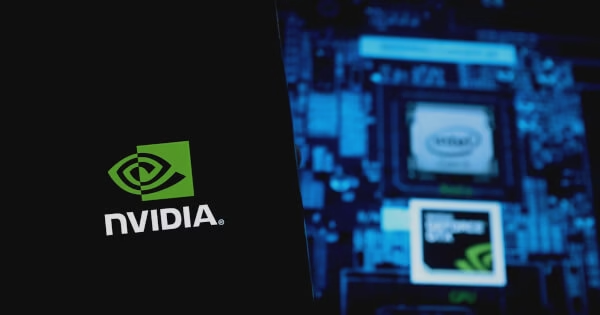Lawrence Gengar
22 November 2024 at 16:35
Eye-AD AI technology analyzes retinal scans to detect early signs of Alzheimer's disease, providing a rapid, non-invasive screening method, according to the NVIDIA study.
In a groundbreaking development, artificial intelligence (AI) is being leveraged to detect early signs of Alzheimer's disease through retinal scans. The study, published by NVIDIA, introduces a deep learning framework called Eye-AD, which analyzes high-resolution images of the retina to identify subtle changes in the eye's blood vessel layers that are often associated with dementia. This innovative approach offers a rapid, non-invasive screening method that can significantly enhance early detection and treatment of cognitive decline.
The importance of early detection
Alzheimer's disease (AD) currently affects more than 50 million people worldwide, and the number is expected to rise as the global population ages. Early detection is critical to improving patient outcomes and quality of life, enabling timely clinical interventions to slow disease progression and allowing families to plan for long-term care and support.
The retina: a window to the brain
The retina, often referred to as the “window to the brain,” shares embryonic origins with the brain. Research suggests that changes in the retina's microvasculature — the tiny blood vessels — are often associated with cognitive decline. Traditional detection methods such as MRI and spinal fluid analysis are expensive and invasive, making Eye-AD's non-invasive approach particularly promising.
Technical advances in Eye-AD
Developed by the researchers, Eye-AD combines a convolutional neural network (CNN) to extract features from retinal images with a graphical neural network (GNN) to analyze relationships within and between retinal layers. It uses optical coherence tomography angiography (OCTA) images to visualize blood flow and vascular details, and identify clinical biomarkers to predict early onset Alzheimer's disease (EOAD) and mild cognitive impairment (MCI).
The model was trained on 5,751 OCTA images from 1,671 patients using PyTorch on a workstation equipped with four NVIDIA GeForce RTX 3090 GPUs, significantly accelerating training time and high-resolution image processing efficiency.
Performance and future prospects
Eye-AD demonstrated remarkable accuracy, outperforming other models in detecting EOAD with an AUC (area under the curve) of 0.9355 on internal datasets and 0.9007 on external datasets. While its MCI detection performance was slightly lower, it achieved an AUC of 0.8630 internally and 0.8037 externally. The study highlighted the deep retinal vascular complex as a key biomarker for predicting early disease.
The researchers confirm that Eye-AD represents a major advance in dementia detection, with the potential for widespread use in cognitive health assessments. Future efforts will focus on validating the model across diverse populations and integrating it with other diagnostic tools to assist clinicians in clinical practice.
The Eye-AD source code can be accessed at githubThis provides an opportunity for further development and research in this promising field.
For additional insights, read the full study on nature.
Image source: Shutterstock


